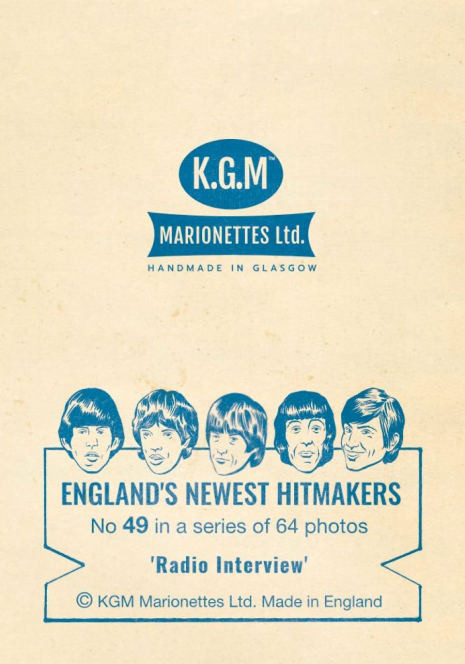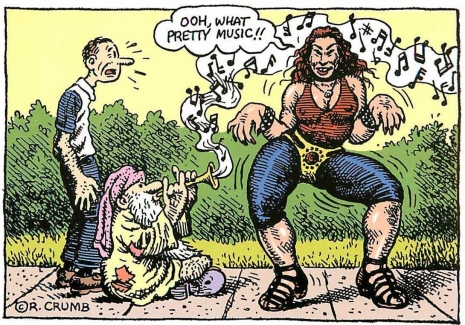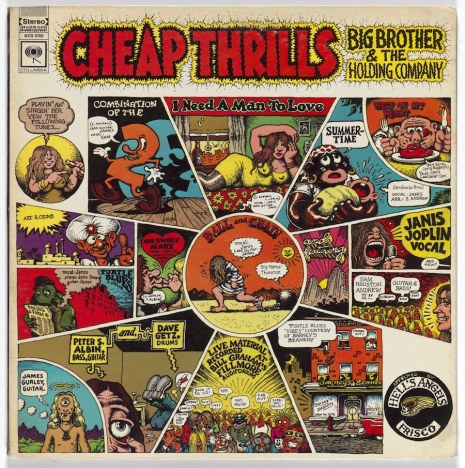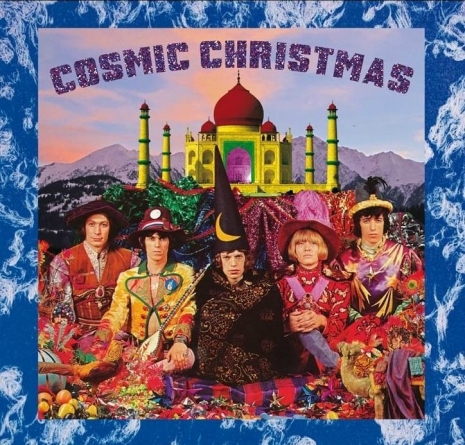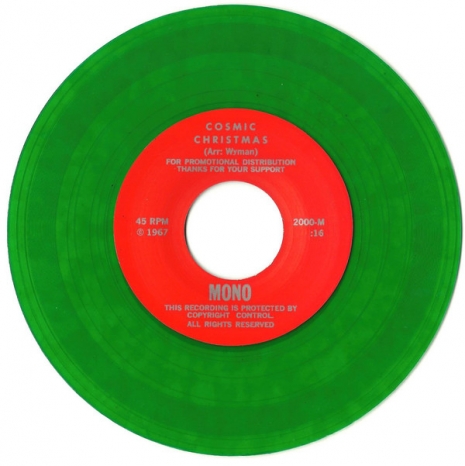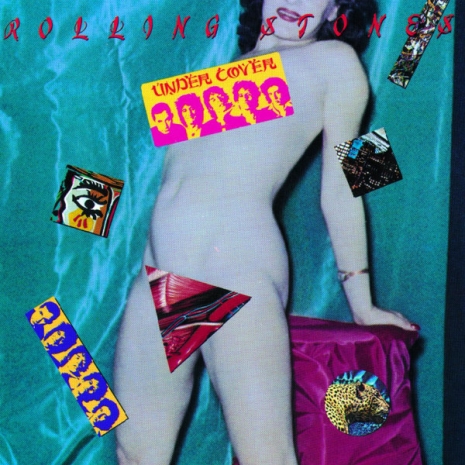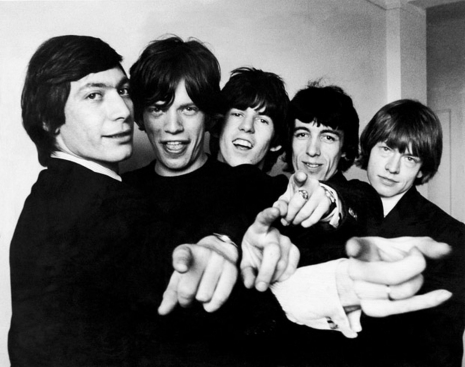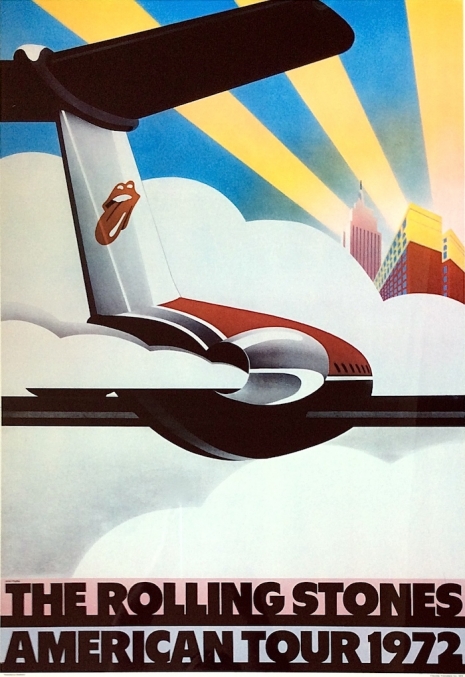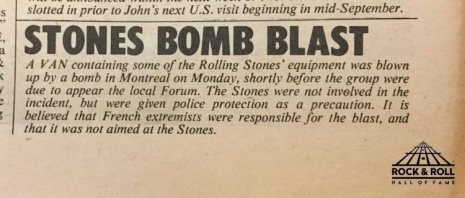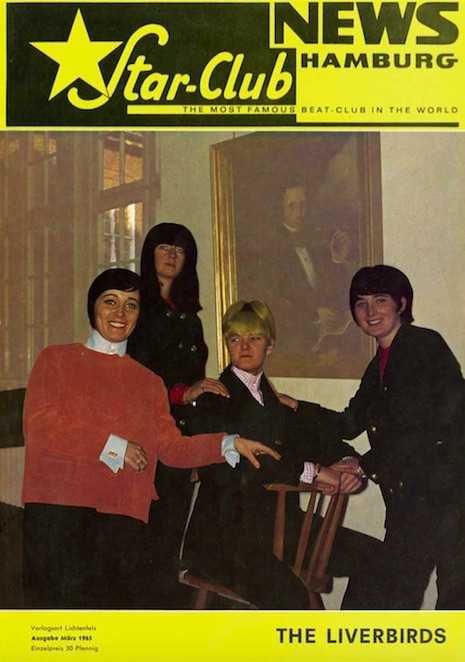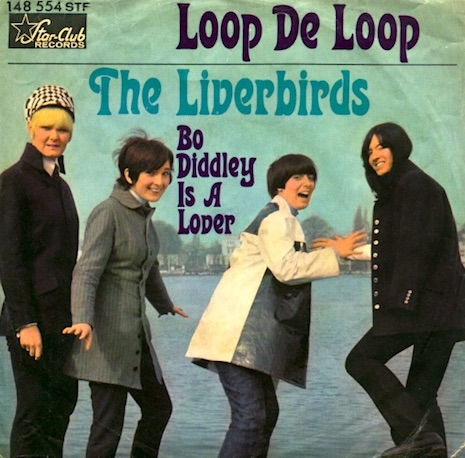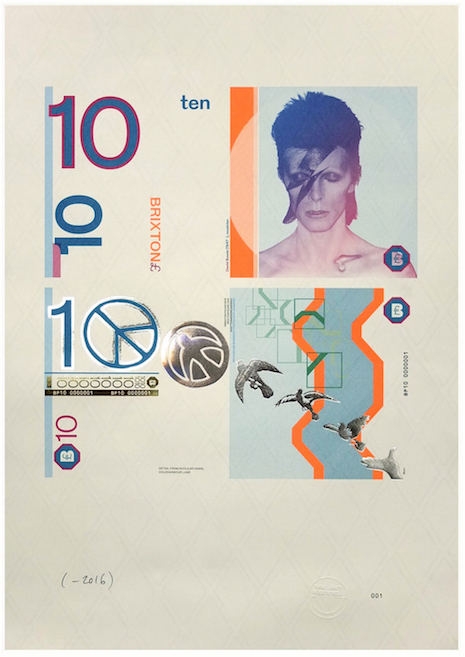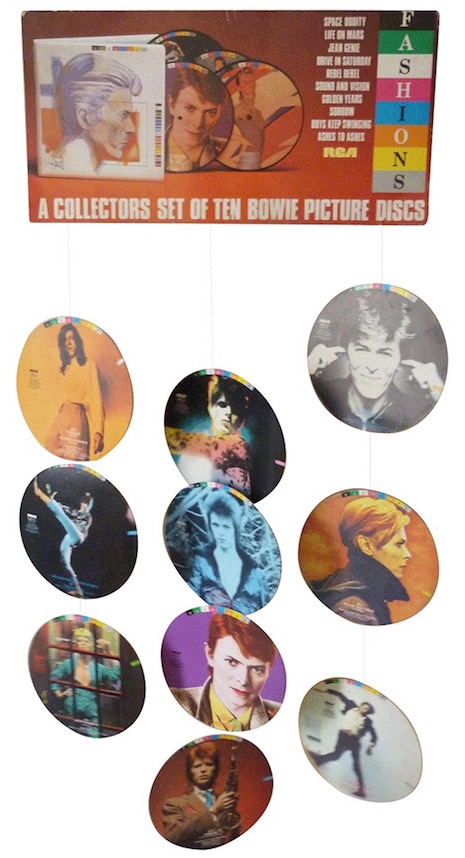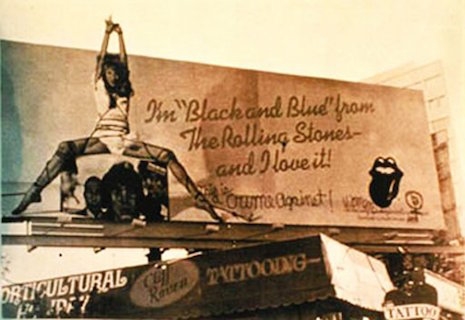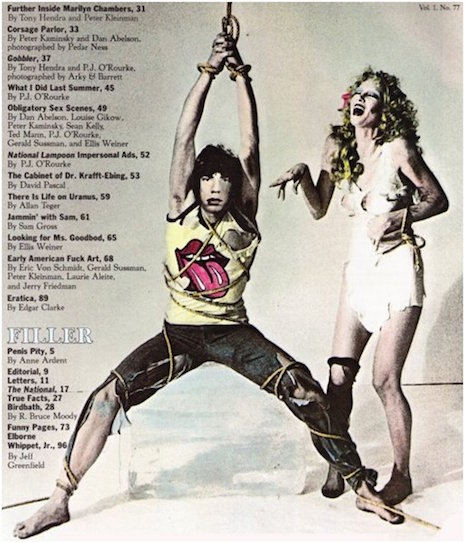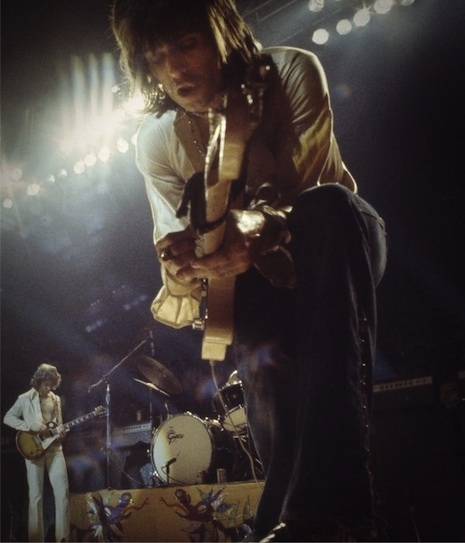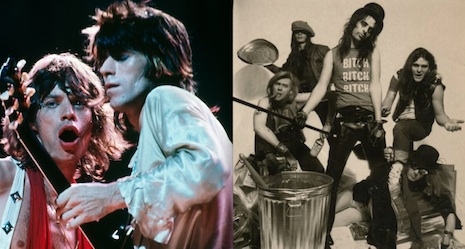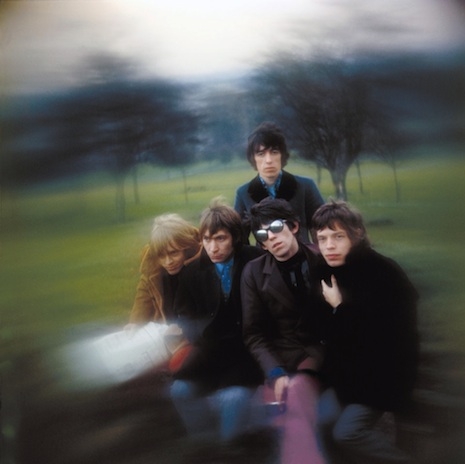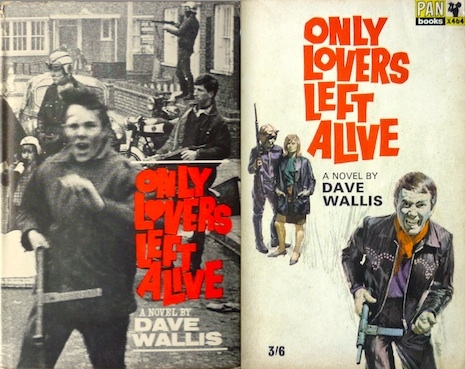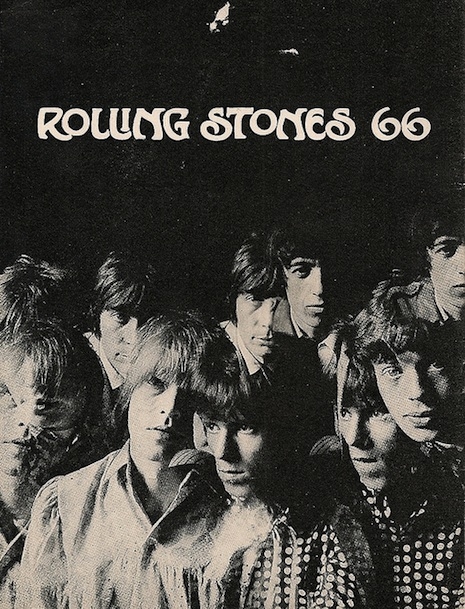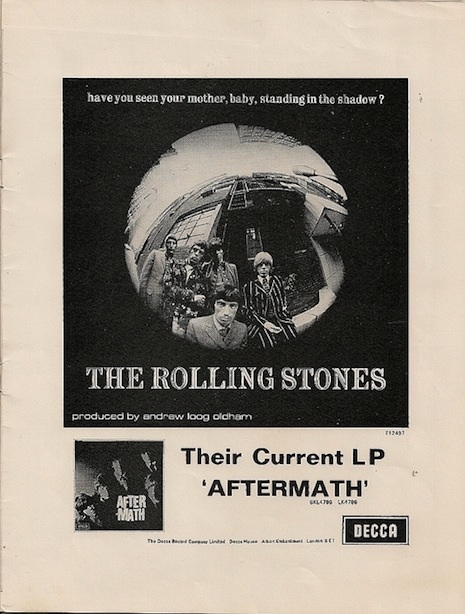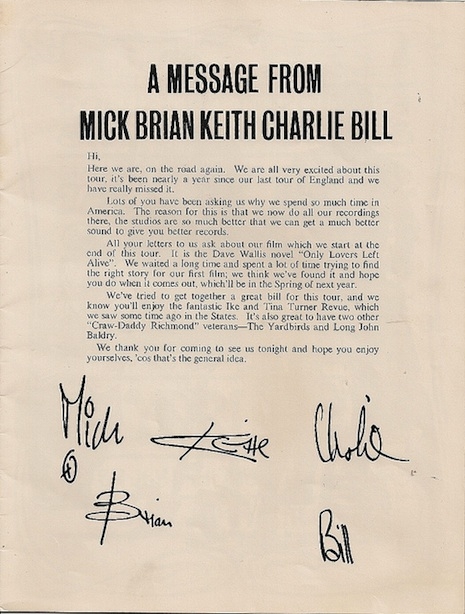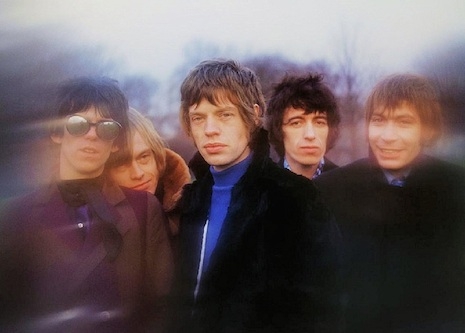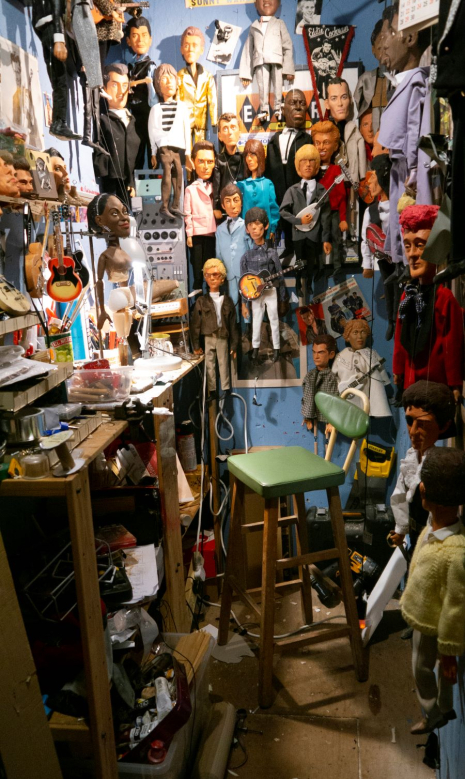
George Miller’s marionette studio in Glasgow.
George Miller aka Kaiser George is an artist, musician, and leader of the cult band The Kaisers—hence the moniker Kaiser George.
Miller is also the talent behind KGM Marionettes - the home of quality rock ‘n’ roll and R ‘n’ B pop merchandise. Two years ago, Dangerous Minds introduced you Miller’s marvellous marionettes, prints, and trading cards. Since then, Miller has expanded KGM’s output to include some British rock ‘n’ roll legends like Johnny Kidd and Wee Willie Harris and more famous ones like the Rolling Stones.
Miller’s work is more than just fun. It is culturally important artwork which brings the joys of the Golden Age of rock ‘n’ roll and some of its greatest (though often neglected) stars to the Spotify generation.
What have you been working on since last we spoke?
George Miller: Initially the plan was to make a Top Trumps style card set, so the puppet making went into overdrive for quite a while in order to have enough cards for the game to work properly. The String Stars set featured only stars from the US, but we made the decision to include some of the more notable UK artists, which meant a fair bit more work, but good fun nonetheless. Johnny Kidd was particularly enjoyable to make and think I may have the only Wee Willie Harris marionette in the world, but I’d love to be wrong about that.
We now have enough characters for the Top Trumps style set, but that particular project has been put on hold for now, meaning I have a cupboard full of idle puppets, but they’ll be put to work eventually.
What has the response been to your marionettes and KGM merchandise?
GM: The response has been incredibly positive to the point where I feel I have to keep making the marionettes for as long as is humanly possible. Reading the comments folk put on Facebook and seeing the photographs of KGM merchandise on display in their homes is a real thrill. People really do seem to love the puppets and the merchandise, which makes all of us at KGM feel mighty good.
The puppets have been featured in a few national newspapers and a chap by the name of Austin Vince came to Glasgow to make a short documentary which will be shown at the Adventure Travel Film Festival in the Cotswolds in August. I’ll be there to give a kind of ‘Confessions of a Rock ‘n’ Roll Puppet Maker’ talk.
I was also asked to make a marionette of the artist John Byrne for his foundation’s charity auction, which I was delighted to do as I’m a big fan and he’s a brilliant subject for sculpting. Also he was a Teddy Boy in the 1950s, which makes me like him even more.
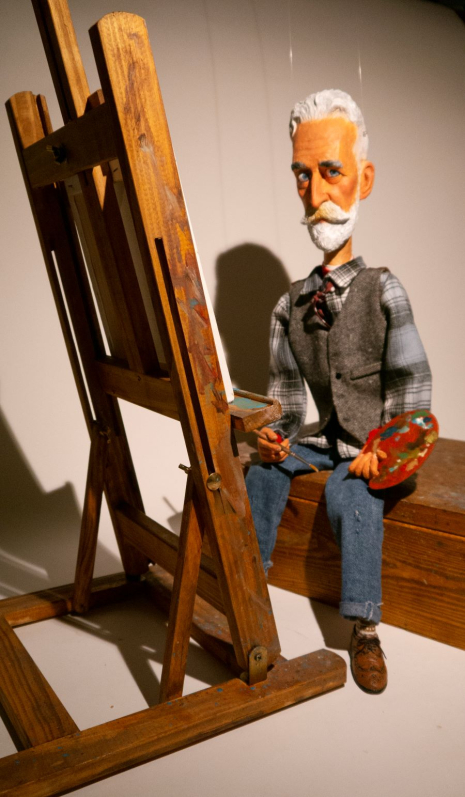
Playwright (‘The Slab Boys’) and artist John Byrne who is also known for his album covers for the Beatles, Donovan, Stealer’s Wheel, and Gerry Rafferty.
GM: The KGM team got pretty excited when the new owners of Sun Records asked us if we could make a bubble gum card set of Sun artists, but unfortunately US image copyright law scuppered the project. Thank goodness we don’t have that in this country.
What new wonders have you for sale and are working on?
Currently we are still selling the original String Stars card set, plus greetings cards/post cards and also ‘String Stars Stand-ups’ which are cardboard cut-out figures of a select few of the marionettes - in full colour and attractively packaged, folks.
The current major KGM project features five young men you may not want your daughter to marry.
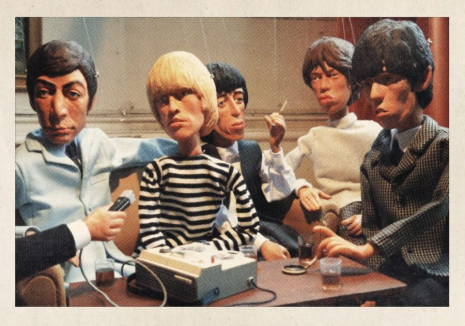
KGM Cards: The Rolling Stones.
Ah, the Stones! Tell me about the Rolling Stones marionettes and what your plans are for them. Why the studio? why the van?
GM: The Rolling Stones marionettes have rather elbowed the Top Trumps project out of the way, which seems apt somehow. I thought it would be fun to do a band for a change and the Stones seemed the perfect choice, given that they all have tremendous facial features and also it was an interesting challenge to try to capture their ‘bad boy attitude’ while retaining enough toy-like charm to make people smile.
When they were completed and dressed in Ursula [Cleary]‘s wonderful outfits, they seemed so alive that we decided we just had to do a bubble gum card set, similar to the A&BC Stones set from 1965. The set will take the form of a loose visual narrative based on a typically busy day in the life of a successful British R & B group, in which they cram in a photo shoot, TV appearance, recording session etc before a riotous gig in the evening. As with all the other KGM stuff, it’s basically an art project masquerading as pastiche pop memorabilia. It feels like we’re somehow giving the concept of celebrity an inquisitive poke with a reasonably sharp stick.
Naturally, we have no desire to infringe anybody’s copyright, so the set will be called simply ‘England’s Newest Hitmakers’ and it’ll be up to the viewer to join the dots.
